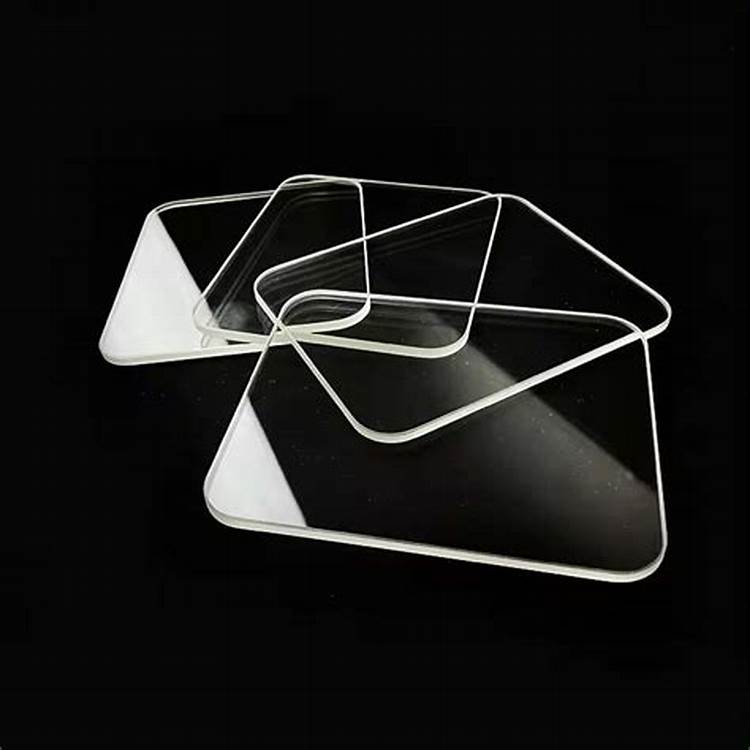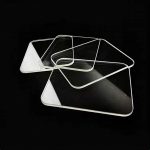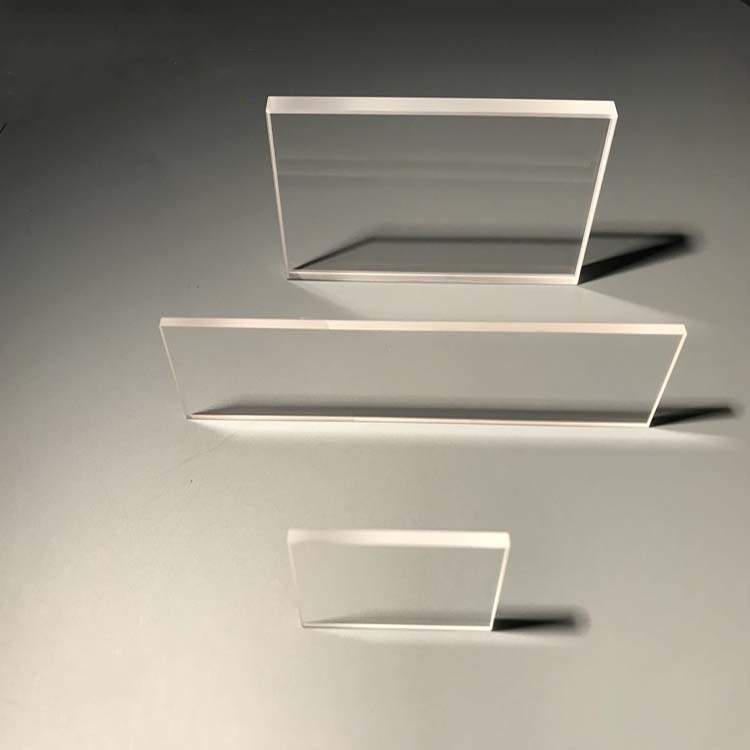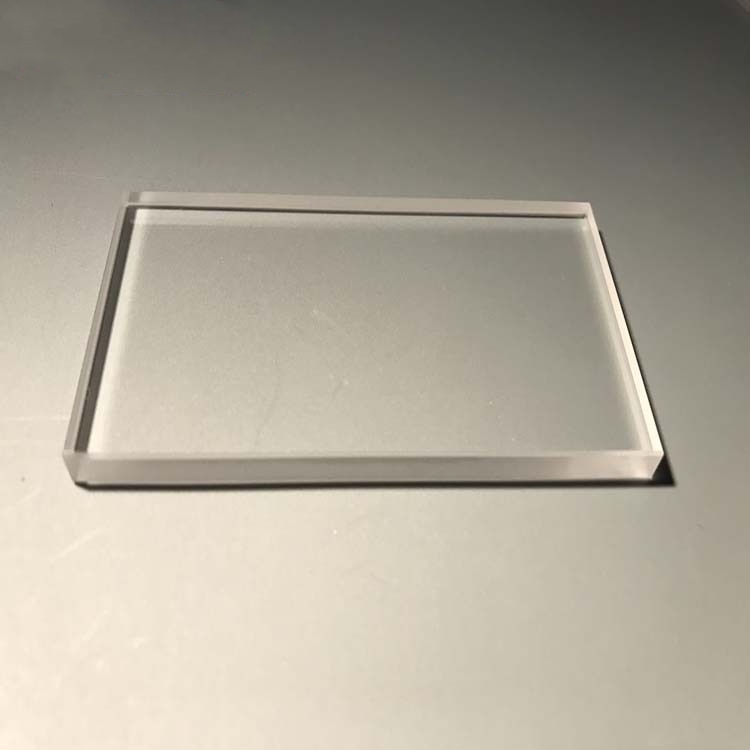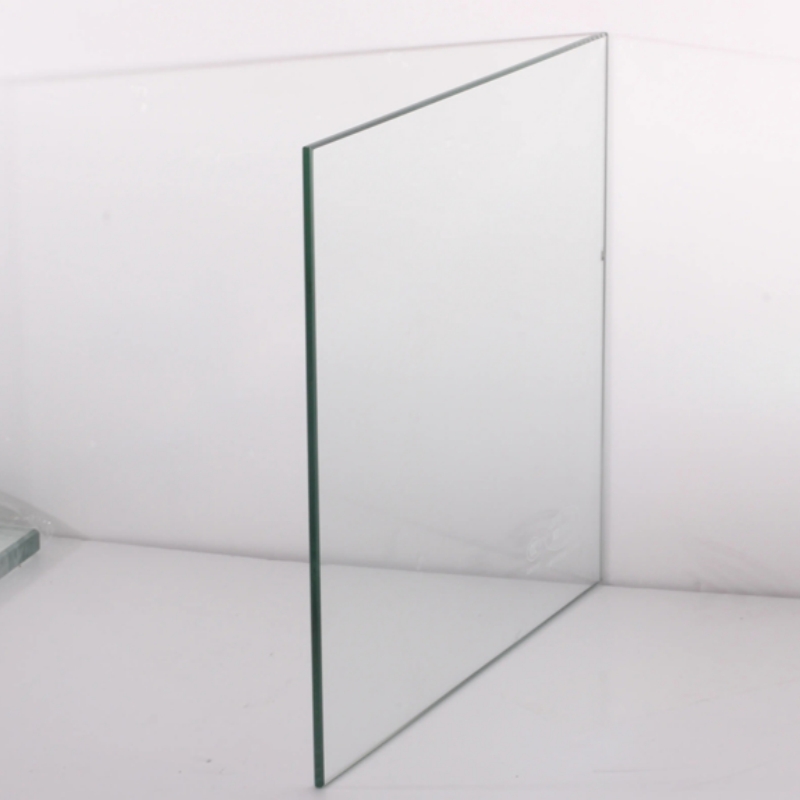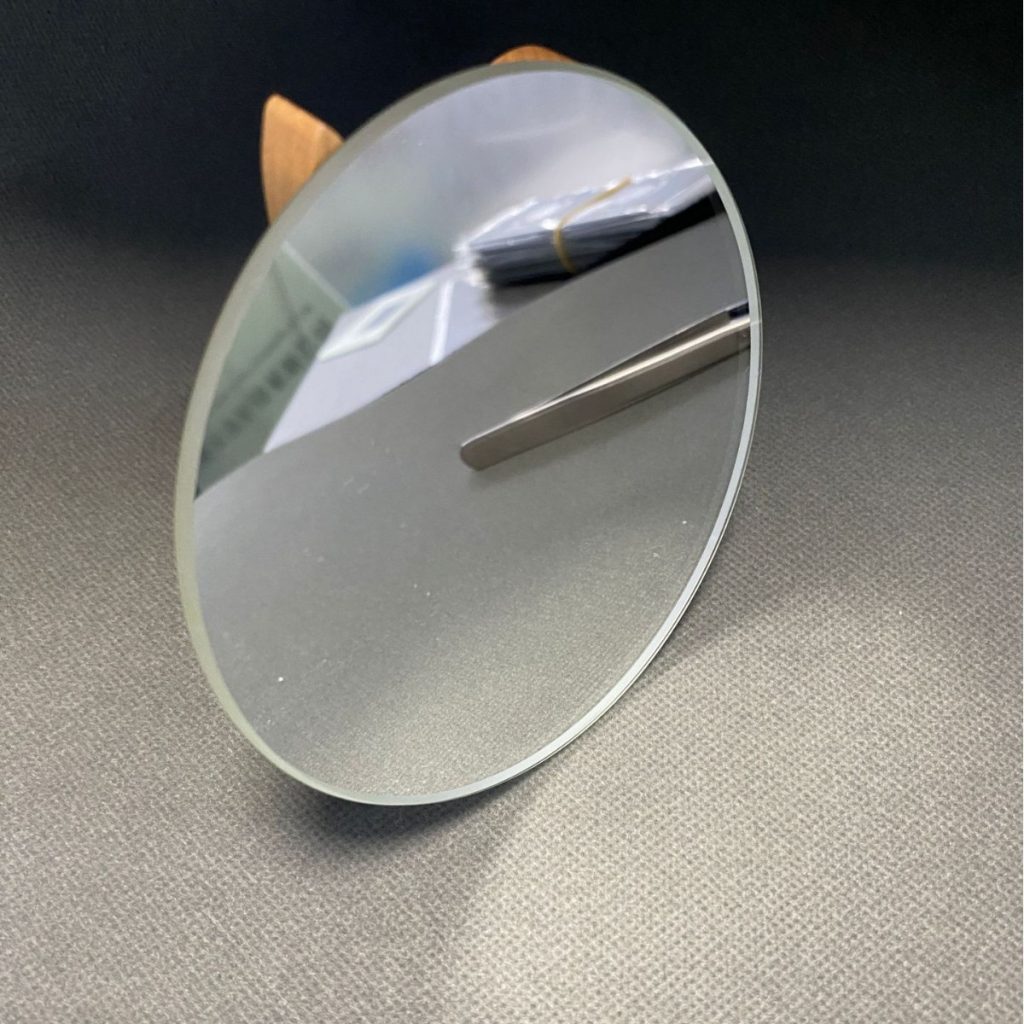Calcium fluoride rectangular window is a high-performance optical component known for its superior infrared and ultraviolet transmission, excellent chemical stability, and resistance to thermal fluctuations. Engineered from CaF₂, it provides outstanding optical clarity and durability, making it an essential material for spectroscopy, infrared imaging, laser systems, and scientific instrumentation. Its low refractive index and resistance to environmental degradation ensure reliable performance in precision optical and industrial applications.
Product Overview
The calcium fluoride rectangular window is a high-performance optical element with exceptional transmission in the ultraviolet (UV), visible, and infrared (IR) ranges. It is widely used as a protective window in high-energy laser systems, infrared sensors, and other optical devices. Calcium fluoride material offers excellent optical transmission across UV, visible, and infrared spectra, making it ideal for a variety of complex optical applications.
Key Features
- High Transparency: Calcium fluoride provides excellent transmittance in the UV, visible, and infrared bands, making it ideal for optical systems.
- High Laser Damage Threshold: The material has a high resistance to laser damage, making it suitable for excimer lasers and other high-power laser applications.
- High Hardness and Impact Resistance: Calcium fluoride crystals have high hardness, offering strong resistance to mechanical and thermal shock.
- Chemical Stability: Calcium fluoride is insoluble in water and acids at room temperature, offering excellent chemical stability and suitability for harsh environments.
- Low Dispersion: The material has low dispersion properties, ensuring higher-quality optical performance.
Applications
- Laser Technology: Used as an optical element in excimer lasers, widely applied in high-power laser systems.
- Infrared Sensors: Used as a window for infrared sensors, ensuring precise infrared light transmission.
- Nuclear Physics Experiments: Utilized in low-energy nuclear physics experiments and for detecting charged ions.
- Environmental Radiation Monitoring: Applied in radioactive medical diagnostics and environmental radiation monitoring.
- Optical Instruments: Serves as a critical optical element in spectrometers, mobile phone lenses, cameras, and other optical instruments.
| Physical Property | Value |
| Density | 3.18 g/cm³ |
| Melting Point | 1420 ℃ |
| Thermal Conductivity | 9.71 W/(m·K) @ 293K |
| Thermal Expansion | 18.5×10⁻⁶/K @ 273K |
| Knoop Hardness | 158.3 kg/mm² |
| Specific Heat Capacity | 854 J/(kg·K) |
| Dielectric Constant | 6.76 @ 1 MHz |
| Young's Modulus | 75.8 GPa |
| Shear Modulus | 33.77 GPa |
| Bulk Modulus | 82.71 GPa |
| Poisson's Coefficient | 0.26 |
| Chemical Property | Value |
| Solubility | 0.016 g/L @ 20℃ |
| Molecular Weight | 78.0748 g/mol |
| Parameter | Range |
| Diameter Range | 2-300 mm |
| Thickness | 0.12-60 mm |
| Surface Finish | 80-50, 60-40, 40-20, 20-10, 10-5 |
| Surface Accuracy | λ/2, λ/4, λ/8, λ/10 |
| Parallelism | <3' - 30" |
| Aperture Transmission | >90% |
| Coating | Customizable |
 new material
new material

